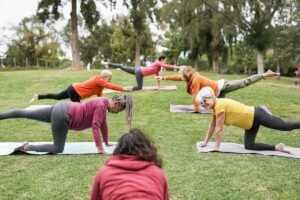
Exercise and Menopause
Menopause marks a significant transition in a woman’s life, often accompanied by physical, emotional, and hormonal changes. As the body undergoes these changes, maintaining an active lifestyle can be one


Menopause marks a significant transition in a woman’s life, often accompanied by physical, emotional, and hormonal changes. As the body undergoes these changes, maintaining an active lifestyle can be one

Being physically active has so many health benefits for children and adolescents. In today’s world, technology often rules and it’s difficult to coax kids away from phones and video games

Sign up for Laura Cipullo’s Nutrition & Wellness Newsletter to receive expert guidance on mindful eating, balanced nutrition tips, and practical advice for living a healthier, happier life. Choose what topics you want to hear about to get the resources you need.

Copyright © 2024 Laura Cipullo